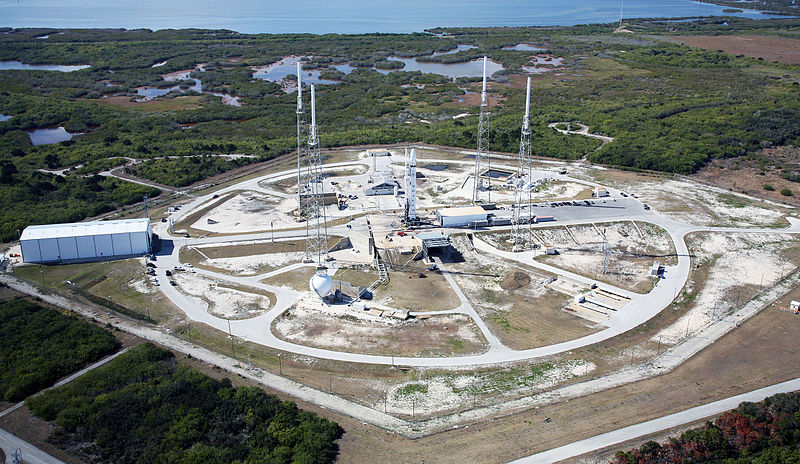Introduction
The National Aeronautics and Space Administration (NASA) collects data from many different sources to help predict whether conditions will be safe for a planned rocket launch. Both for crewed and uncrewed launches, it's critical that weather conditions won't disrupt a rocket's trajectory and speed on its journey through the atmosphere and into space.
NASA considers many potential factors when it selects a launch site for its rockets. The space agency must take into account many data sources to get the most accurate picture of conditions the rocket will need to endure on its 100-kilometer journey into space.
NASA has found that it's safest for a rocket to enter space from Earth in specific atmospheric conditions. Also, to increase the chance of a successful launch, rockets should enter space as close to the equator as possible. And, if a launch needs to be aborted, it's safest to do it over a large body of water. Cape Canaveral in Florida is a place that meets all these requirements.

Located on the east coast of the Florida peninsula, Cape Canaveral is in an area that arguably has more than its share of environmental factors that might cause concern during a rocket launch: high humidity and frequent hurricanes, tornados, and rainstorms. So, why not just launch somewhere that has no inclement weather, like San Diego, California?
All factors considered, despite its weather, Cape Canaveral usually is the best US-based launch site for maintaining the trajectory that's needed for a rocket that will enter space.
Tip
This module is part of a multimodal learning experience. Follow along with a video walkthrough of the module in a new tab.
Learning objectives
In this module, you'll begin to discover:
- The challenges weather can pose for a rocket launch
- The data science lifecycle
- How machine learning works
- The role ethics play in machine learning
Prerequisites
None.